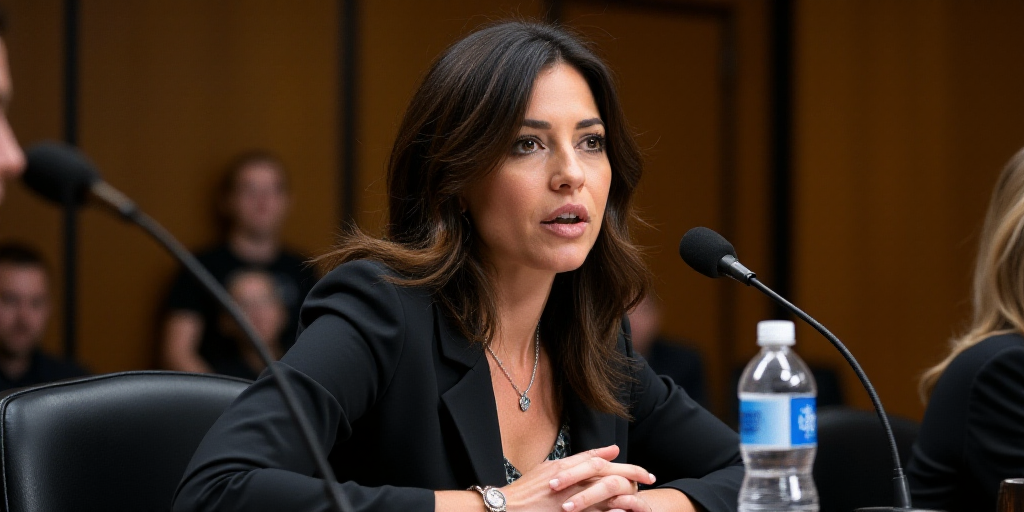Background on Adriana Kugler and Her Role
Adriana Kugler, the current governor of the central bank, has recently expressed her stance on maintaining interest rates amidst rising inflation concerns. As a prominent figure in the financial world, her opinions carry significant weight and influence policy discussions.
Kugler’s Stance on Interest Rates
In a prepared statement at a housing forum in Washington D.C., Kugler emphasized that the Federal Reserve (Fed) should refrain from cutting interest rates “for some time” as tariffs start to impact consumer prices. She believes that a restrictive monetary policy is essential to keep inflation expectations under control.
Current Economic Context
Kugler highlighted the stable unemployment rate and increasing inflationary pressures as reasons to maintain the current monetary policy stance. With unemployment at 4.1% and a robust labor market, she considers it appropriate to keep the policy rate unchanged for some time.
Inflation Concerns
Kugler pointed out that inflation remains above the Federal Open Market Committee’s (FOMC) 2% target and faces upward pressure from tariffs. Recent inflation reports have shown significant price increases in imported goods, which Kugler believes will continue to put upward pressure on prices.
Anticipated Inflation Trends
Kugler expects further price increases throughout the year, citing that the Personal Consumption Expenditure (PCE) price index, which the Fed uses to set its 2% inflation target, will rise to 2.5% in June. The underlying PCE measure, excluding volatile food and energy components, is projected to advance to 2.8% from May’s level.
Call for a New Agreement Between Treasury and Fed
Former Federal Reserve governor Kevin Warsh echoed Kugler’s concerns and suggested the need for a new agreement between the U.S. Treasury Department and the central bank. This proposed pact would aim to streamline the process of reducing the Fed’s balance sheet by jointly communicating intentions.
Historical Context of the 1951 Agreement
The original agreement, signed in March 1951, separated federal debt management from monetary policy. This pact ended a period when the Fed committed to low-interest-rate policies at the Treasury’s request, allowing for cheap federal borrowing to finance World War II efforts.
Key Questions and Answers
- What is Adriana Kugler’s current stance on interest rates? Kugler advocates for maintaining interest rates at their current level “for some time” due to rising inflation concerns.
- Why is Kugler concerned about inflation? Increasing tariffs and a robust labor market with low unemployment have contributed to inflationary pressures, pushing prices higher.
- What does Kugler predict for future inflation trends? She anticipates continued price increases, with the PCE price index projected to rise to 2.5% in June and underlying inflation expected to advance to 2.8%.
- What is Kevin Warsh’s proposal regarding the Fed and Treasury Department? Warsh suggests a new agreement between the two entities to facilitate a smoother reduction of the Fed’s balance sheet through joint communication.






